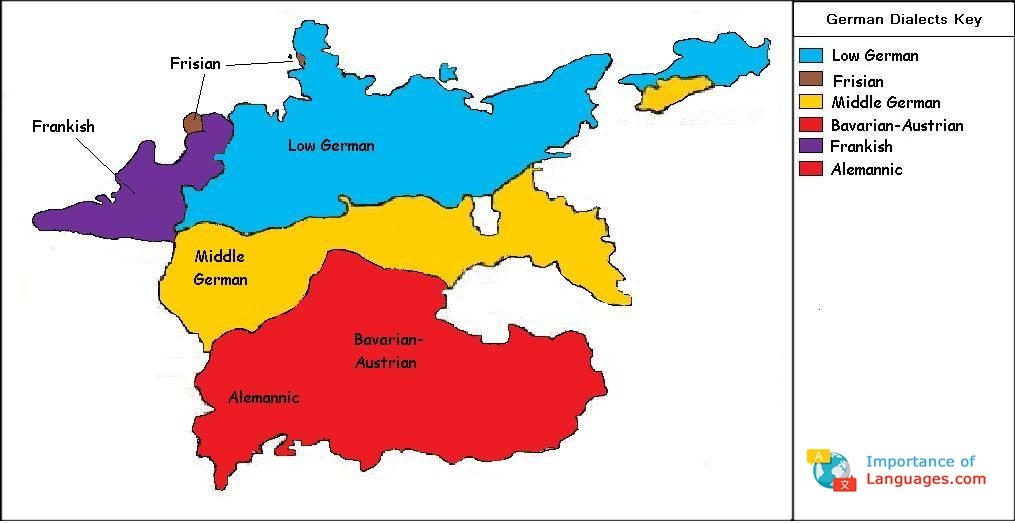Dialect is a variety of language that is used by one group of persons and has features of vocabulary, grammar, or pronunciation distinguishing it from other varieties of the same language that are used by other groups.
Dialect has thus been defined as “a distinct linguistic form peculiar to a region or social group but which, nevertheless, can be understood by speakers of other forms of the same language”.
The two main types of dialects are the geographic dialect, spoken by the people of the same area or locality, and the social dialect, used by people of the same social class, educational level or occupational group.
ADVERTISEMENTS:
In general, the greatest language diversity occurs in heterogeneous societies where the extent of most people’s communication is restricted to a local area. Often these people are bilingual or multilingual because knowledge of neighboring languages is essential for trade and other socio-economic and cultural interactions.
For example, in Nigeria, there are about 250 languages. In Papua New Guinea, there are approximately 800 languages and in Nagaland (a small state of India) there are nineteen major languages.
Contrary to this, there are nations in which there is great uniformity of language. For example, in Japan, a single language is spoken by a vast majority of its respective populations. The country of Japan is however an exception. The diversity of language is the norm all over the world.
ADVERTISEMENTS:
Linguistic diversity within a single country is partly a function of geographical size and geo-climatic diversity.
For example, India is a country of enormous size which is quite diverse linguistically, with seventeen official languages, none of them spoken by more than 30 per cent of the population.
Similarly, a large number of languages are spoken in other huge countries like Brazil, Russia, Central Asian Republics and China.
In contrast, smaller countries are more likely to display linguistic uniformity. The nations of Western Europe, when considered singly, are linguistically homogenous, with each language prevailing over a relatively small area (Belgium and Switzerland are the major exceptions to this generalization).
ADVERTISEMENTS:
But, if Western Europe, which is roughly the same size as India, is considered as a single unit, then it contains as many major languages as India.
